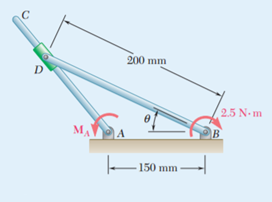


When stretch-to-fill is disabled, MATLAB sets the size of the axes to be as large as possible within the constraints imposed by the Position rectangle without introducing distortion. The dotted lines show the axes Position rectangle. This picture shows the same sphere displayed both with and without the stretch-to-fill.
#Matlab function handle manual#
However, stretch-to-fill is turned off when the DataAspectRatio, PlotBoxAspectRatio, or CameraViewAngle is user-specified, or when one or more of the corresponding modes is set to manual (which happens automatically when you set the corresponding property value). Stretch-to-fill is active when the DataAspectRatioMode, PlotBoxAspectRatioMode, and CameraViewAngleMode are all auto (the default). However, some 3-D graphs (such as a sphere) appear distorted because of this stretching, and are better viewed with a specific three-dimensional aspect ratio. This results in graphs that use the available space in the rectangle. While the basic purpose of an axes object is to provide a coordinate system for plotted data, axes properties provide considerable control over the way MATLAB displays data.īy default, MATLAB stretches the axes to fill the axes position rectangle (the rectangle defined by the last two elements in the Position property). The axis (not axes) function provides simplified access to commonly used properties that control the scaling and appearance of axes. Use the gca command to obtain the handle of the current axes. Use the set function to modify the properties of an existing axes or the get function to query the current values of axes properties. These properties, which control various aspects of the axes object, are described in the "Axes Properties" section.
#Matlab function handle how to#
The axes function accepts property name/property value pairs, structure arrays, and cell arrays as input arguments (see the set and get commands for examples of how to specify these data types). MATLAB automatically creates an axes, if one does not already exist, when you issue a command that draws image, light, line, patch, surface, or text graphics objects. Returns the handle of the created axes object.

The current axes is the target for functions that draw image, line, patch, surface, and text graphics objects. It also makes h the first axes listed in the figure's Children property and sets the figure's CurrentAxes property to h. MATLAB uses default values for any properties that you do not explicitly define as arguments. Axes (MATLAB Functions) MATLAB Function ReferenceĪxes is the low-level function for creating axes graphics objects.Ĭreates an axes graphics object in the current figure using default property values.Ĭreates an axes object having the specified property values.


 0 kommentar(er)
0 kommentar(er)
